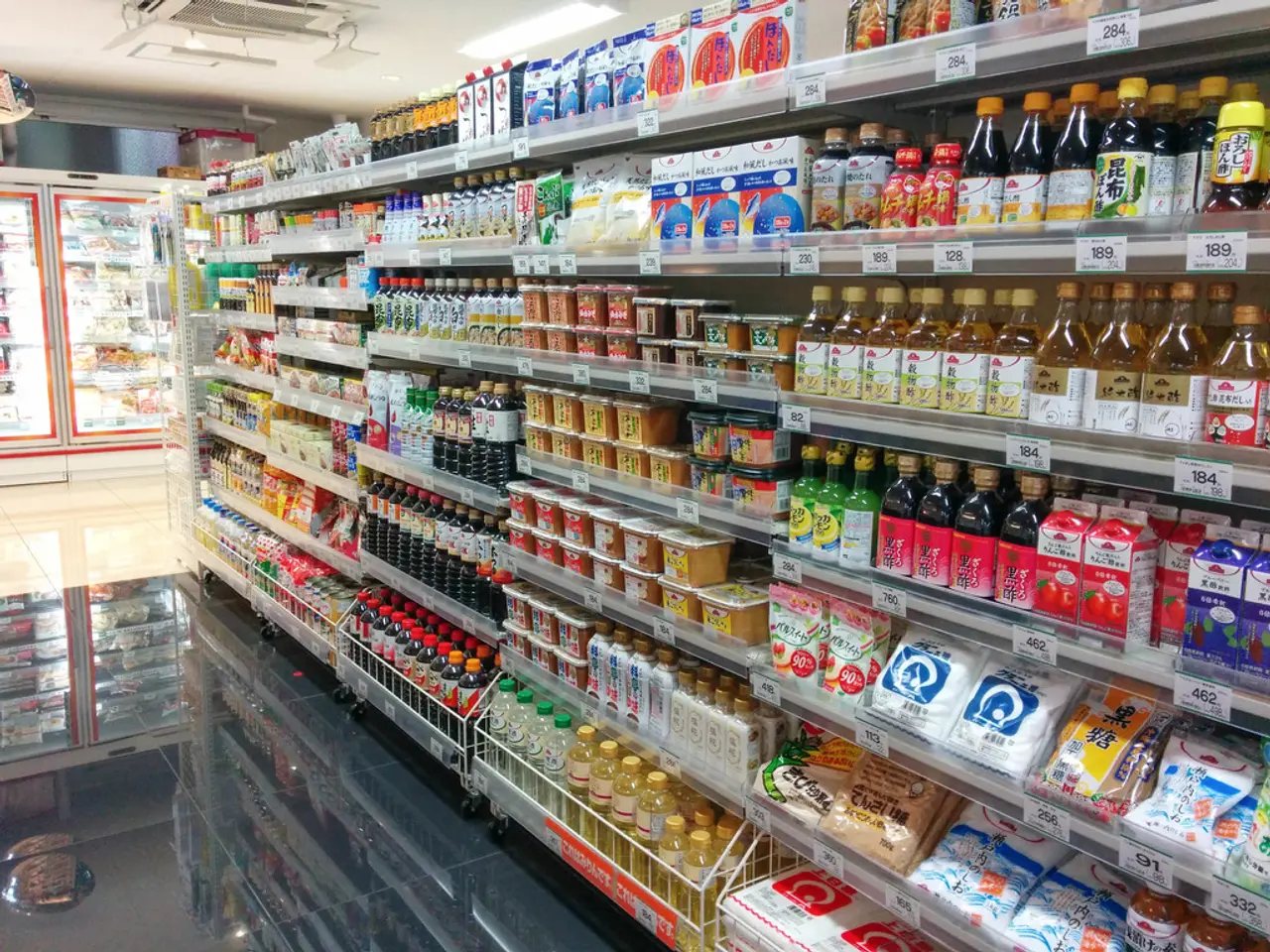Anticipated Items Potentially Facing Significant Price Increases Within Five Years (Due to Tariffs and Inflation)
In recent times, the implementation of tariffs on Chinese imports has sparked a wave of concern among consumers and businesses alike. This article aims to shed light on the potential long-term effects of these tariffs on essential products for the middle class, specifically electronics, automobiles, food, fuel, and clothing, over the next five years.
The tariffs could lead to increased consumer prices, disrupted supply chains, shifts in global production, and potential erosion of U.S. consumer market dominance. Let's delve into the key impacts by sector.
Electronics: Tariffs on key inputs like copper and lithium-ion batteries raise production costs, compelling companies to increase retail prices or innovate supply chains. Some manufacturers, such as Xiaomi, have already shifted their manufacturing to countries like Vietnam and India to mitigate tariffs, while others have used product innovation to maintain margins. This trend is likely to continue, potentially increasing prices and shifting production locations.
Automobiles: Tariffs on metals such as copper and retaliatory tariffs among trading partners raise manufacturing input costs, likely increasing vehicle prices. Retaliation from partners can add tariffs on U.S. exports, hurting automakers and supply chain stability.
Food: Though less directly cited, tariffs typically increase costs of imported food products or ingredients, leading to higher consumer prices and potential supply disruptions, particularly for goods reliant on cross-border sourcing from Canada, Mexico, or China, which are major U.S. trading partners.
Fuel: Copper tariffs relate to energy infrastructure but not directly to fuel prices; however, broader tariff conflicts can increase fuel costs by disrupting energy supply chains or increasing import costs. Inflationary pressures from tariffs generally can affect fuel prices indirectly.
Clothing: Tariffs on textiles and apparel imports from certain countries raise costs, which manufacturers may pass to consumers. Past US-China tariffs showed that while imports rebounded, higher costs persisted, suggesting persistent consumer price pressures.
Beyond these sectors, there are additional considerations for the middle class. Higher tariffs on essential goods result in higher prices for consumers, squeezing disposable incomes, especially for middle-class families. Ongoing tariff volatility can dampen business investment and consumer confidence, potentially slowing economic growth that disproportionately affects the middle class.
Some industries respond by innovating product design and globalizing manufacturing footprints to evade tariffs, potentially maintaining product availability but sometimes at higher costs or less domestic job growth. Continued or rising tariffs encourage foreign producers to diversify away from the U.S. market, potentially reducing product availability or shifting sourcing to non-U.S. markets, undermining U.S. consumer leverage.
In summary, over the next five years, tariffs on essential middle-class goods will likely contribute to higher prices, disrupted trade and supply chains, production shifts abroad, and economic adjustments that could challenge affordability and market stability for U.S. middle-class consumers. Some firms may adapt through innovation and supply chain changes, but net effects include inflation and potential market shifts away from U.S. dominance.
- As tariffs on essential goods might lead to increased consumer prices, middle-class families may experience a squeeze in their disposable incomes.
- In the realm of personal finance, ongoing tariff volatility could potentially slow economic growth, affecting the middle class disproportionately due to its dampening effect on business investment and consumer confidence.




